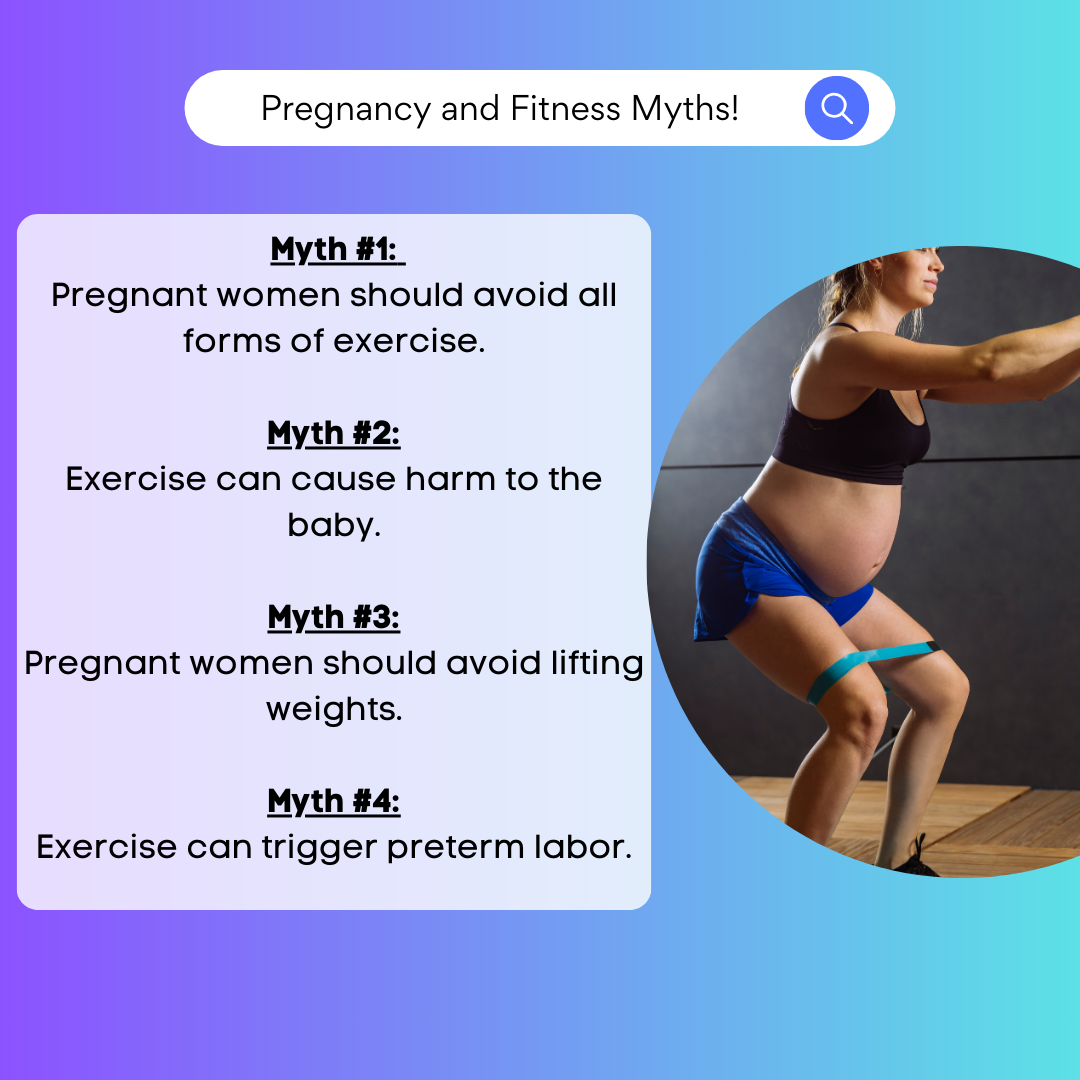Introduction
Staying active during pregnancy offers numerous benefits for both the mother and the developing baby. Exercise can help alleviate common pregnancy discomforts, boost mood, and prepare the body for labor and delivery. However, it’s essential to approach prenatal exercise with care and awareness of your body’s changing needs. This article will explore the benefits of exercising during pregnancy, provide safety guidelines, and suggest some effective and safe exercises.
Benefits of Exercising During Pregnancy
- Improved Mood and Energy Levels: Regular physical activity can help reduce symptoms of depression and anxiety, common during pregnancy. It also boosts energy levels and helps combat fatigue.
- Enhanced Physical Health: Exercise helps maintain a healthy weight, reduces the risk of gestational diabetes and preeclampsia, and helps manage back pain, constipation, and bloating.
- Better Sleep: Pregnant women who exercise tend to fall asleep faster, sleep deeper, and wake up feeling more refreshed.
- Preparation for Labor: Strengthening and conditioning the body can make labor easier and potentially shorter. It also helps improve the stamina and endurance needed for childbirth.
- Postpartum Recovery: Women who exercise during pregnancy often find it easier to return to pre-pregnancy fitness levels and manage postpartum recovery.
Safety Guidelines for Exercising During Pregnancy
- Consult Your Healthcare Provider: Always check with your healthcare provider before starting or continuing an exercise program to ensure it’s safe for you and your baby.
- Stay Hydrated: Drink plenty of water before, during, and after exercise to avoid dehydration, which can lead to overheating or contractions.
- Avoid Overheating: Exercise in a cool, well-ventilated area, and avoid exercising outdoors on hot, humid days.
- Listen to Your Body: Pay attention to how you feel during and after exercise. Stop if you experience dizziness, shortness of breath, or any unusual symptoms.
- Modify Exercises as Needed: As your pregnancy progresses, you may need to adjust your exercise routine. Avoid exercises that involve lying flat on your back after the first trimester or those that could cause abdominal trauma.
Safe and Effective Exercises During Pregnancy
- Walking: A simple, yet effective way to stay active during exercise. It’s low impact on the joints and can be done almost anywhere.
- Swimming: The water’s buoyancy will support your body weight, reducing strain on your joints and ligaments. Swimming also helps relieve swelling and improves circulation.
- Prenatal Yoga: Yoga helps improve flexibility, strength, and relaxation. Look for prenatal yoga classes designed to address the needs of pregnant women.
- Strength Training: Light to moderate weightlifting can help maintain muscle tone. Focus on exercises that strengthen the back, arms, and legs. Avoid heavy lifting and exercises that strain the abdominal area.
- Pelvic Floor Exercises: Kegel exercises strengthen the pelvic floor muscles, which can help with labor and recovery. Aim to do these exercises daily.
- Low-Impact Aerobics: Join a prenatal aerobics class or follow an online program designed for pregnant women. Low-impact aerobics are great for cardiovascular health without the risk of high-impact movements.
Conclusion
Exercising during pregnancy can significantly enhance your physical and emotional well-being. You can enjoy a healthier, more comfortable pregnancy by following safety guidelines and choosing appropriate exercises. Always listen to your body and consult with your healthcare provider to ensure your exercise routine is safe for you and your baby. Stay active, stay healthy, and enjoy this special time in your life!
Author: Kaitlyn Wetherly




